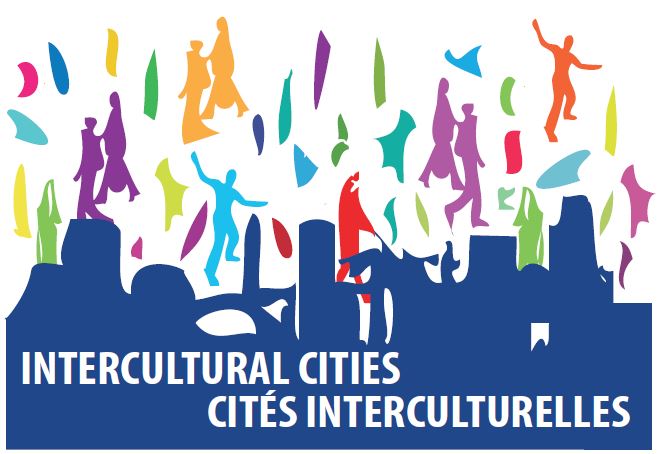Copenhagen, Denmark - Intercultural City

Copenhagen wants to be the most inclusive city in Europe. This ambition is based on the belief that ‘an integrated city is a better city’. The key definition is that ‘if you feel you are a Copenhagener, this means you are included in the city.’ Inclusion means partnership, shared responsibility, mutual respect, and recognition of the value of diversity.
Everyone must be treated equally – but this does not have to mean one size fits all. If there are barriers to inclusion or if someone needs extra help, this will be given to give them equal opportunities. Partnerships between the city, its residents, businesses and others are necessary to enhance access to citizenship.
The city will focus on pressure points that limit participation. In education, this means starting as early as daycare to enhance language skills and monitoring fair access to higher education. In the workplace, this means valuing multiple cultures and languages, offering training widely, teaching Danish to jobseekers who need this skill and fighting discrimination. Copenhagen will be made safer for everyone, with an effort to enhance socioeconomic mixing in neighbourhoods. Stereotypes will be systematically challenged. Communication will be made more open to reach out to Copenhageners of all backgrounds. More people than ever will be aware of their rights and will take on the responsibility of spreading the inclusion agenda.




